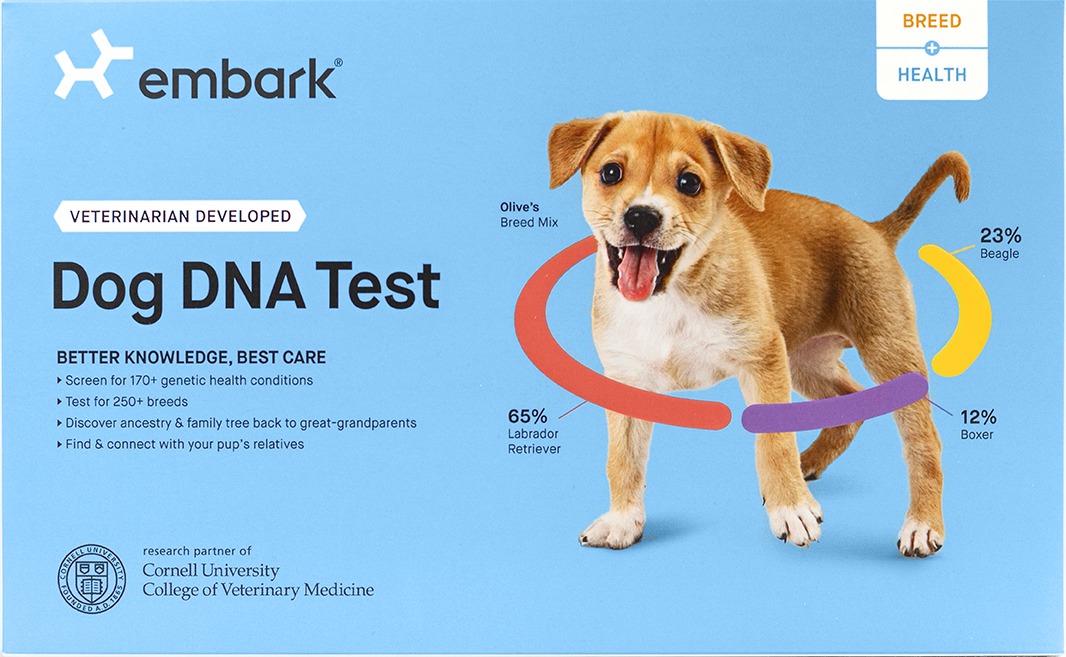Dog Breeds with Curly Tails: The Basics Behind the Bend
A tail is one of your dog’s most distinguishing features. While the wagging butt protrusion is usually straight, there are a few dog breeds whose backside is festooned with a curl, thus allowing them to stand out even more. What’s the story behind these uniquely-shaped tufts?
A Curled Tail is a Sign of a Funky Spine
When we see our doggie’s cute little tail bouncing about or joyfully wagging, we may not be all that conscientious about what’s on its inside. A dog’s tail is actually a delicate part of his body, as it consists of bone and cartilage. What’s more, it acts as an extension of a dog’s spine, like our tailbone does (with one obvious differentiation between the two).
When this spine extension is curled, it is known as a hemivertebrae. This congenital condition is caused by an anomaly in how the vertebra develops. Specifically, the bones and the end of the spine - that is, the tail -- will form a twisting wedge shape. This twisting is what causes the tail to curl.
Are There Negative Medical Conditions Associated with a Curly Tail?
In general, the condition that causes a dog to have a curly tail will only affect the tail itself. In fact, a curled tail is typically a specific breed trait, such as the case for pugs or bulldogs. Most of the time, the tails can be traced back to carefully specialized breeding that has been going on for generations.
You may come across a dog whose pedigree does not have curled tails, but these particular canines have what is known as a breed fault. They may also show signs of having a hemivertebrae that extends beyond the tail region. In this case, this could lead to certain neurological conditions that may cause issues during the puppy stage.
Treating a Dog with an Advanced Hemivertebrae

If your pooch is suffering from a hemivertebrae that goes beyond the realm of his tail, you’ll notice symptoms such as hind limb weakness and incontinence. The treatment that your vet will offer is dependent on the severity of the condition, and can range from rest and anti-inflammatory medications to spinal cord surgery. The symptoms associated with the condition will reach its apex at the puppy stage, and plateau once the vertebrae are fully grown.
It should be noted that this condition rarely gets to this level of severity. Don’t let this deter you from being interested in a curly-tailed dog. You’ll be missing out on what is most likely a cool, quirky body trait.
A Curly Tail is a Great Aid for Figuring Out Mixed Breeds
If you’ve ever owned a mixed breed or a “mutt,” you’ve probably wondered more than once what breeds came together to create your buddy. The good news here is that the make-up of a mixed breed’s body will provide you with a few distinctive clues regarding his origins. A curled tail can be one of the more effective clues for this purpose.
There aren’t a whole lot of breeds that feature curly tails as a distinctive trait. The design of the tail can narrow down this limited number of dogs even further, as metrics like tail length and fluffiness can be telling signs regarding your dog's DNA. The tail won't give you a complete picture, but it can, at least, send you along the right path.
And while the number of curly-tailed breeds is limited, the dogs that fall into this distinction are pretty eclectic. Large, burly work dogs like the Siberian husky and Alaskan malamute share this unique trait. On the other side of the coin, small dogs like pugs and teeny Pomeranians feature a bendy butt ornament.
Unique Trait, Unique Dogs!
A dog with a curly tail will naturally stand out amongst the crowd because its backside has such a distinctive look, but the tail is merely one way that these special pooches can grab attention. You’ll find the rest of the dog to be a joyful addition to your home, and a loyal companion that will delight in your company as much as you delight in his. And that’s the kind of canine relationship you should be looking for, regardless of what the dog’s tail looks like.



